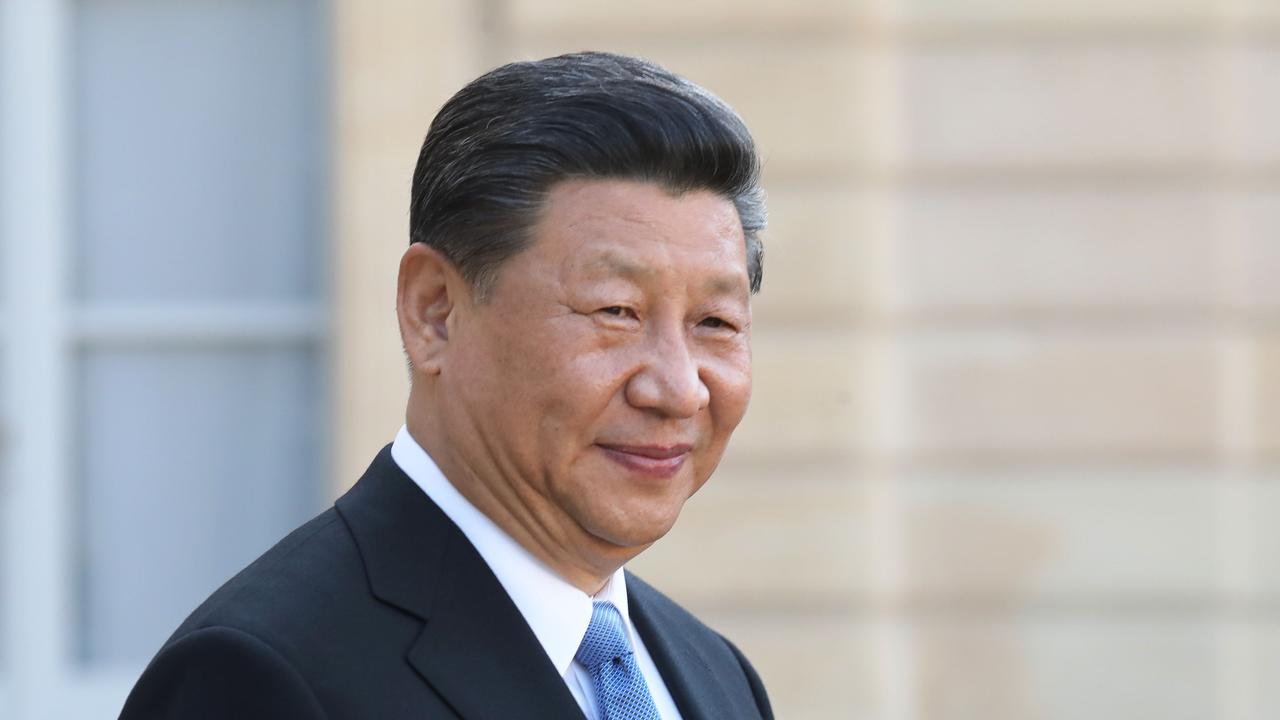Marie Kondo persuaded you to jettison your junk, but op-shops say — enough
The success of Marie Kondo’s Netflix series has prompted a flood of donations, but a lot of what people are offloading isn’t useful.
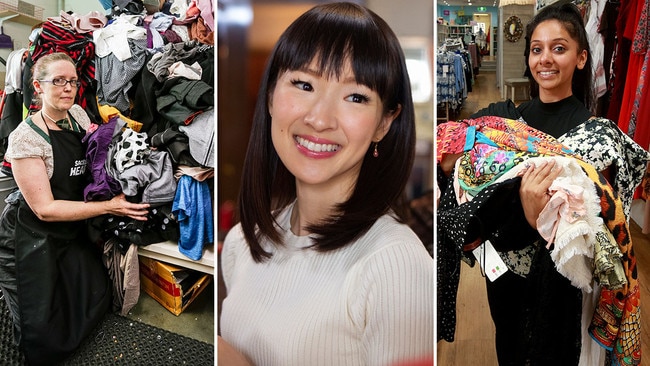
On a recent grey day, Ann Curtis loaded up the back of her station wagon with bric-a-brac, eager to reclaim her house after the youngest of her three daughters left for college. “I’m smitten with the Kondo bug,” she said, referring to the decluttering guru Marie Kondo. “I’m desperate to get in the loft, the shed, the garage and sort, sort, sort.” Included in her haul: family games that hadn’t been played in years, handbags past their prime, shoes, ornaments and bedding.
She drove to her local thrift store in Guildford, a large town just outside London, where an elderly man appeared, she said, looking grumpy and sweaty.
“I have some things for you,” she said, with a smile. The man rolled his eyes, she said, and replied: “Hasn’t everyone?” It seems Marie Kondo isn’t sparking joy for thrift-store workers. Since the reality TV show Tidying Up With Marie Kondo made its debut on Netflix in January, used-goods stores around the world have been inundated with donations. The problem: mass quantities of dirty, worn-out clothes, ugly trinkets and unsellable appliances. Even oddities like pornography and swords.
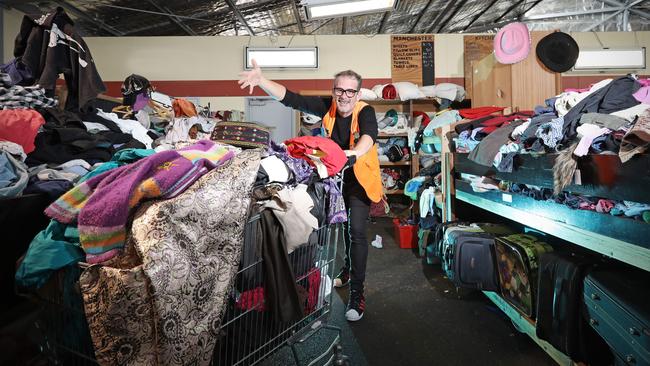
“We love donations because it’s a thriving part of our business,” said David Braddon, a senior district sales manager for Goodwill in Houston. But they should be in good condition, and appropriate, not “the kind of items that can’t be written about in a family newspaper,” he said.
People around the world are decluttering their mess using the “KonMari” method the Japanese organising guru introduced in her book The Life Changing Magic of Tidying Up. The 2014 book and its sequels have sold 10 million copies around the world, the publisher said. Ms Kondo recommends people only keep possessions that “spark joy” — derived from tokimeku, a Japanese term that means flutter or palpitating heartbeat.
On an individual level, clearing out the garage and folding T-shirts as an exercise in mindfulness is cathartic. As a global tidying frenzy, it’s burying donation centres with goods that truly, nobody wants.
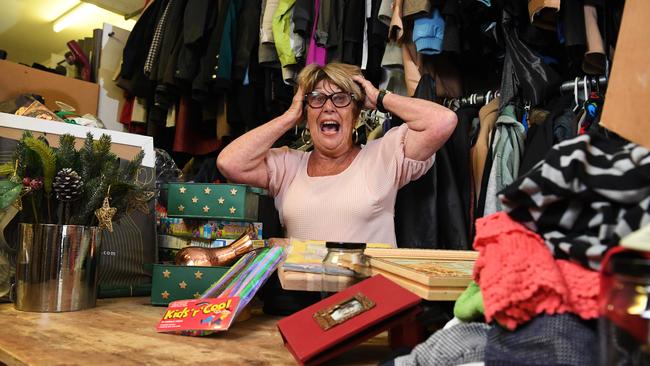
“Unfortunately some people give us stuff that isn’t very useful,” said Jacqui Dropulic, a manager for Australian charity Vinnies. “We aren’t a place for people to just dump their rubbish.” Volunteers at Vinnies warehouses in the Sydney metro area are sorting through about 265,000 pounds of donated clothing a week — a gruelling task as summer temperatures top 38C. Vinnies said donations in Sydney were up 35 per cent in January compared with the same month last year, a trend it linked to Ms Kondo’s Netflix debut.
“There’s a sense of urgency, to get it done in one go — clear out the whole house,” said Leng Paing, who manages a branch in the suburb of Greystanes. “We have asked people to hold off on donations so we can get through the backlog.” In the US, where the second-hand trade usually slows in the winter months (until it picks up again during spring cleaning), some thrift stores temporarily halted donations, overwhelmed by the surge in goods.
Goodwill Industries International Inc, which operates used-goods stores across the US and Canada, said January donations rose by more than 32 per cent in Washington, 22 per cent in Houston, 20 per cent in Roanoke, and 16 per cent in Grand Rapids.
Initially, some stores linked the tidying binge to furloughed workers with time on their hands because of the government shutdown. But donations haven’t tapered off. “We’re attributing a lot of this to Marie Kondo,” Mr. Braddon said.
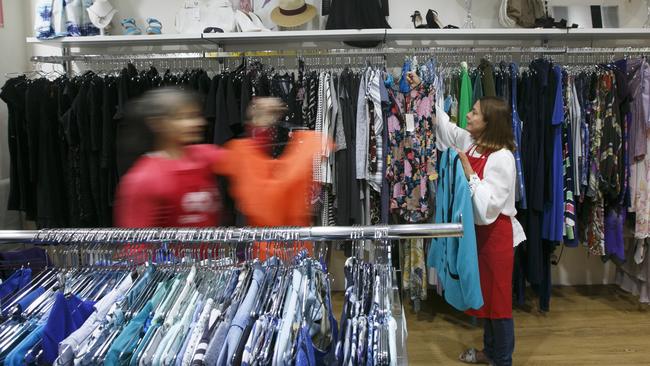
“It could get very overwhelming, I won’t lie,” said Ladatrion Harvey, a Goodwill store manager in Houston. He has had to work to maintain staff morale with special recognition, including Employee of the Month awards. “A thank you goes a long way,” he said.
At his branch, in the upscale Houston neighbourhood of River Oaks, home to old oil money and new tech money, donations spiked 49 per cent in January, compared with the month last year.
Mr. Harvey said he once had a man come into the store with his girlfriend’s shoes — Gucci and Prada — still in their boxes with price tags upward of $1,000. (The girlfriend was waiting to go shopping for new shoes, the boyfriend said.) All goods aren’t so obviously sellable — but you never know. A person came in recently carrying a mannequin, part of Kondo-inspired clean out. Staff were discussing whether to accept it when someone walked in and asked to buy it, paying $19.99.
On her first day on the job, Terri B Parris, a media relations manager for Goodwill in Houston, said she came across a 55-gallon trash can in the stockroom filled with swords, daggers and rifles. “Oh my goodness, what have I gotten myself in for,” she said she thought. “What do you do with a longbow you don’t want any more?” The police department picked up the weapons.
Ms Paing, the Greystanes store manager, opened a bag of donations recently and found the clothing folded into small rectangles. “I thought, this person is really neat,” she said. Then it dawned on her: “Kondo!” On the reality show, Ms Kondo teaches people to fold clothes into uniform shapes to help them stand up in a clothes drawer.
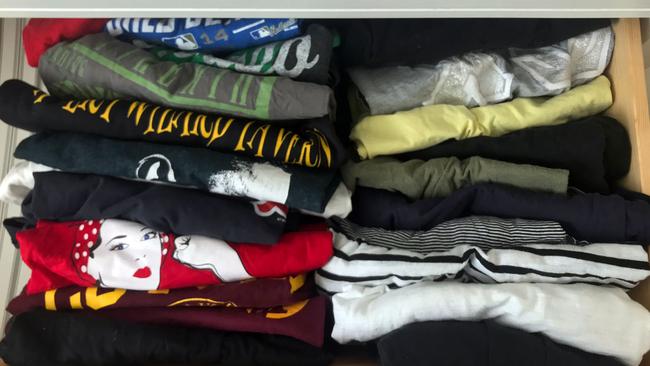
Thrift-store workers said clothes that can’t be sold can end up recycled as rags, other objects can wind up as landfill or scrap and some end up destroyed as biohazards.
Thrift-store workers in Australia, who have dealt with donations ranging from shark carcasses to false teeth and prosthetic limbs, have some self-help advice of their own: “Don’t donate if you wouldn’t give it to a mate.” “All that clutter doesn’t just disappear once you’ve given it a kiss and thanked it for its service,” said Stephanie Ziersch, acting chief executive of Sustainability Victoria, a government authority that encourages environmental sustainability. (M. Kondo says that when you get rid of something you should thank it for its service and let it go.) She said she is proposing a seventh step to the six-rule KonMari method: mottainai — a Japanese term that expresses regret of wasting a resource. “It encourages reflection on waste and action when it comes to reducing, reusing, recycling and respecting.” Some Marie Kondo followers are getting clever about their recycling. Alyson Spicer, a 33-year-old from southeast London, said she binge-watched the Netflix show’s eight episodes over two evenings: “I was hooked!” In an effort to avoid annoying thrift-store workers, she spread her donations — five large bags of clothing and textiles, two large boxes of bric-a-brac and a box of children’s books and toys — over two different stores on her local high street on several different days.
“The response was not particularly effusive,” she said. “But none of our donations were turned away.”
With Rhiannon Hoyle
The Wall Street Journal


